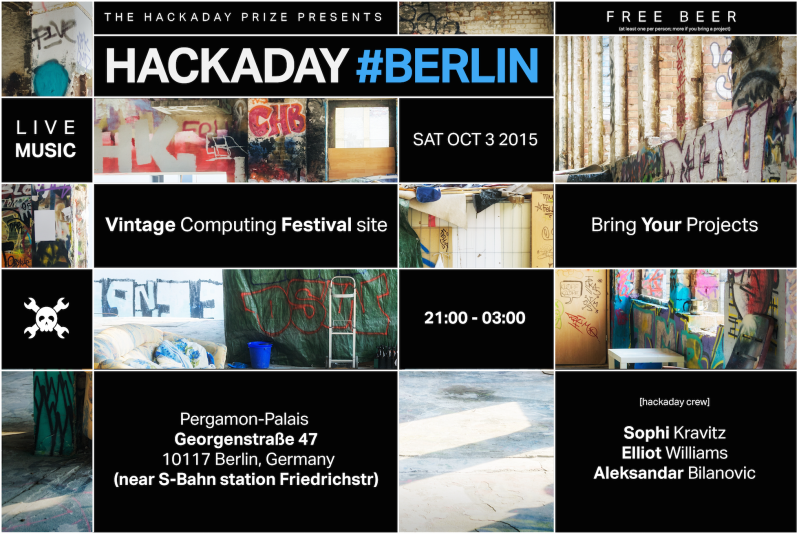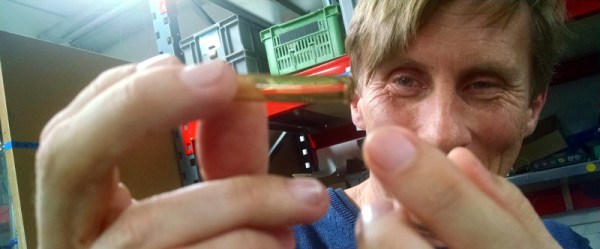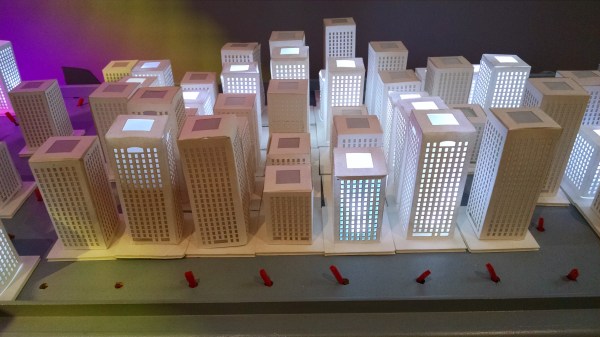Hackaday teamed up with the Vintage Computer Festival to have a Meetup last week. It was quite a party, with Berlin based chiptunes band Thunder.Bird and TheRyk using Commodore 64s and SID sound chip. The age of this equipment and relatively small volume original production runs makes it hard to find these days, but there is an underground group making music with these who trade among themselves. TheRyk created PlayEm64 (pictured above) to organize and play the music using the SID hardware and says that an advantage of this software is that it includes the play time (not in the fileheader), which is really useful for party entertainment! These chips sounded fantastic and added to the energy of the packed house.
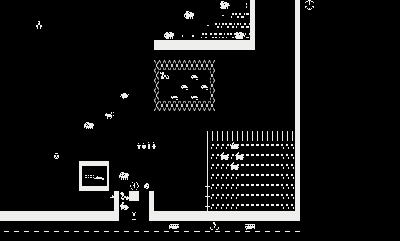 A Hackaday party means that people bring their projects to show off and entertain the crowd with. [Nils Dagsson Moskopp] brought a game called Zoo Tycoon Roguelike that he built for a 7 day long competition. This is a text based roguelike game based on the 2011 Microsoft game Zoo Tycoon. As with the original game, Nils’ game aimed to keep animals happy within a thriving zoo. What’s neat about Nils’ version is that all the actions are displayed in words on the right side of the screen and he custom developed the characters in bitmap form.
A Hackaday party means that people bring their projects to show off and entertain the crowd with. [Nils Dagsson Moskopp] brought a game called Zoo Tycoon Roguelike that he built for a 7 day long competition. This is a text based roguelike game based on the 2011 Microsoft game Zoo Tycoon. As with the original game, Nils’ game aimed to keep animals happy within a thriving zoo. What’s neat about Nils’ version is that all the actions are displayed in words on the right side of the screen and he custom developed the characters in bitmap form.
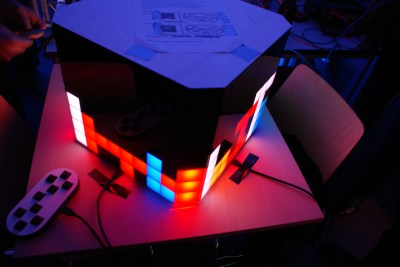
[Sisam] brought Cube Tetris, a social gaming device with 4 sides, each individually controlled so that players must collaborate with each other to win. The new take on the already addictive game kept a crowd around this table the entire night.
[Dave Darko] and [Alex] brought a collaborative project that they’ve been developing on Hackaday.io together. The first, third and 4th board shown below are [Alex’s] boards, and the second one with the acrylic case is [Dave Darko’s]. They both started with 5x5cm breakout boards for the ESP8266 but they’ve been adding features off of each other’s boards like support for the ESP-07 / ESP-12 and an additional ESP-01 footprint. Someone wished for a USB micro port, and that is now on both of their boards. The next stage for [Alex] is adding 2 pin rows for GVS (ground-voltage-signal) to his boards, a feature which [Dave Darko] has already put in place on his offerings.
We also saw an appearance by Captain Crunch (John Draper) – he’s pictured here with some friends from Lithuania. Our next event is in San Francisco in November, and we hope to see you at some point somewhere in the world.










